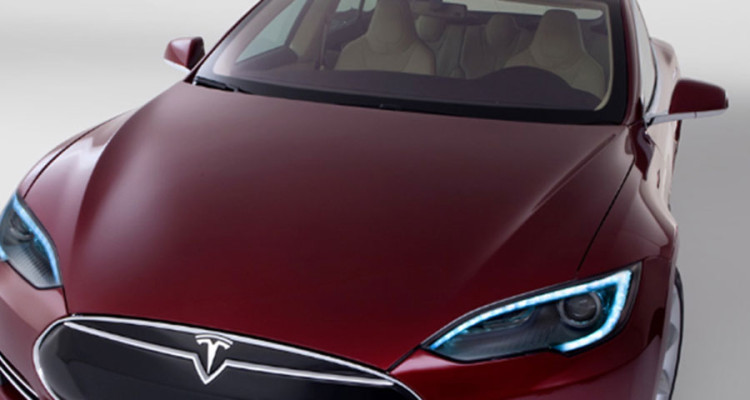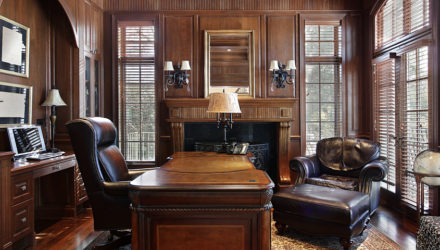Contents
Saving the Earth in Style
When the company unleashed its landmark Roadster, the first fully electric sports car, Tesla Motors suddenly became a brand to be mentioned along with such luxury luminaries as Mercedes, Jaguar, and BMW. While electric cars have long been made available and affordable in such iterations as the Chevrolet Volt, those looking for high-end options that combined the environmental benefits of an electric car with the sleek look of a showroom ride were out of luck. Into this void stepped Tesla, which aims to continue producing multiple models of cars that retain this same essential blend of features; cutting-edge electric battery technology along with the edgy, “Need for Speed” look that, at least to me, is irresistible. By appealing to the so-called “Soros Set”, wealthy liberals or conservation-leaning folks with money to burn, Tesla Motors has identified a lucrative and potentially expansive market segment to tap.
While the company’s rise has been marked by lawsuits and recent public controversy, with the release of Model S (a fully electric luxury sedan), Tesla continues to show both the innovation and the dedication required to carve out a niche in the luxury auto market for its next-generation high-end offerings. The Model S also allows Tesla to bridge the gap to a wider segment of consumers, retailing at just under $60,000 at most American dealers. The company has insisted that this is just the first step of their plans, and investors and auto enthusiasts alike are eager to see where the company plans to expand its offerings next.
It’s Electric – Literally
As a business venture, a new luxury car company provides one of the toughest set of challenges any new entrepreneur can face. The overhead required for research, design, manufacturing, shipping, and advertising numbers in the tens of millions of dollars. What does this mean for you if you’re thinking about dipping your beak? Well, aside from a lot of capital, it means you better have a well-thought out plan for how your luxury car is going to win over the small amount of deep-pocketed auto owners out there.
So how do you pull customers away from established brands like Lexus and Porsche? By coupling a luxury automobile with a groundbreaking electric propulsion system, based off the same design patented by company namesake Nikola Tesla in the late 1800s. The AC Roadster offered this precise combination, turning heads when it made its debut in 2008. But like any good new venture, Tesla Motors did not sit still on its laurels. Instead, it listened to consumer feedback and realized that there was an equally large demand for electric-powered luxury cars at a lower price than the Roadster was currently asking. With this in mind, Tesla Motors went back to the drawing boards and came back with the Model S, retaining the company’s essential mission and bringing in an even more broad spectrum of potential new customers.
Personally, I think this idea of combining exclusivity and innovation has been proven successful again and again in recent years (Facebook anyone?). While sustainable vehicles are essential to curbing emissions internationally, as an investment they were a scary proposition given the enormous amount of capital and R&D required. Tesla has demonstrated to us, very clearly, that the ability to find a niche and expand it, even in an expensive and competitive market, can be just the ticket to getting your brand out there with the big boys.
The S.W.O.T. Analysis
Strengths
- First to market with luxury electric car model, well ahead of competition
- Widely recognizable brand, due to both marketing efforts as well as the visual appeal of the company’s offerings
- Growing public movement towards sustainable vehicles indicates long-term market segment growth and a potentially limitless market cap
- Patents on most of the drivetrain and battery technologies utilized in their cars, allowing Tesla to remain well ahead of competitors
Weaknesses
- Public controversies, pending lawsuits, and recall issues have continued to nag the company since its inception
- Research and material development costs for these technologies remain stratospheric (inventing new technologies over and over can be expensive!)
Opportunities
- As technology develops, new models from Tesla that could be priced lower at the lot could appeal to a much broader swath of car buyers, domestically and internationally
- Demand for Model S demonstrates potential demand for other car models, including trucks or official vehicles
- International market remains largely untapped; with Western Europe’s focus on sustainable energy, large potential remains
Threats
- Competition in the field; established luxury auto heavyweights like BMW, Mercedes, and Lexus expected to join the fray soon
- Lawsuits and recalls could limit income and inhibit new research and material development; both are essential to Tesla remaining ahead of the field
Living La Vida Sustainable
So if you are like me, wanting to limit their pain at the pump, as well as cruise to that very pump in style, Tesla Motors deserves a very long look, both for their products as well as for the lessons we can take away as entrepreneurs. The combination of high-end exclusivity, coupled with brand-new and future-centered technology, is something that appeals for many in this ever-developing technological world of today. With everything from social media, to mobile phones, to your smart TV all geared towards letting everyone know what you have, and vice versa, Tesla has designed its cars to take advantage of this truth. While it has done so, it has also demonstrated that identifying a new way into a crowded market, and then developing your idea to take advantage of more and more of what your consumers want, is a winning success even in the luxury car arena.









